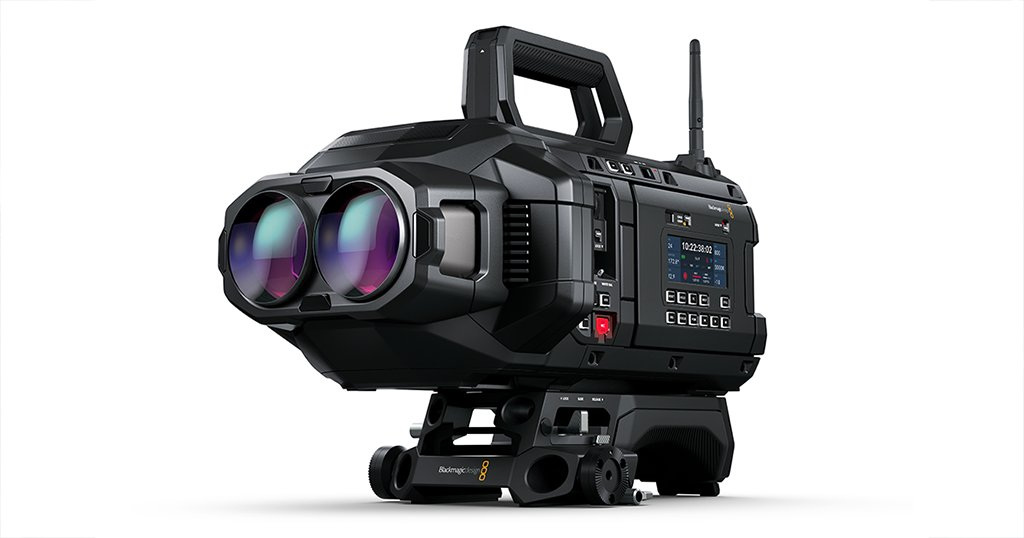At 367 Addison Avenue in Palo Alto and about 20 minutes walk from Stanford University, we find the house and especially the garage, in which William Hewlett y David Packard They founded the Hewlett-Packard company in 1939.
The house, which we had the opportunity to visit a few days ago as part of the HP Imagine 2024 event, was declared a “historic place” in the United States in 1987, and was also listed in the National Register of Places of Interest. A plaque at the entrance to the garden informs us that this is the place where the concept of Silicon Valley was born:
«This garage is the birthplace of the world’s first high-tech region, Silicon Valley. The idea of creating a region like this came from Dr. Frederick Terman, a Stanford University professor who encouraged his students to found their own electronics companies in the area, rather than joining other companies. The first product, an audio oscillator, was developed in this garage.
A replica of that oscillator, in fact, is one of the first objects we encounter when we enter the living room of the house. Patented as a model 200Aits great innovation consisted of incorporating a light bulb as a resistor to stabilize the temperature of the circuit. This allowed them to simplify the device and reduce the selling Price to $55, instead of the $200 that other less stable models cost.
The house, which has now been converted into a museum, maintains throughout the areas that can be visited an atmosphere typical of the time, although there are few original elements (almost all the furniture is from props), beyond an interesting small documentary collection made up of letters, patents and other technical material from the 30s and 40s. In this space David Packard lived with his wife Lucille, who would end up standing out in numerous philanthropic activities, such as the commissioning March of Lucile Packard Children’s Hospital at Stanford.
More interesting is undoubtedly the back part of the house, where we can visit both the shed in which William Hewlett spent a few weeks sleeping during the first stage of the founding of the company (extremely spartan, there is barely room for a bunk bed and a table work) and above all, the garage in which the firm’s first oscillators were developed, maintaining in this case, many of the original devices.
Although as we have mentioned, the model 200A It was the firm’s first product, in fact its first success came after the launch of the model 200B who found Disney studios as his first client. The company acquired eight low-frequency oscillators that were used, among other things, to synchronize the sound effects of the movie “Fantasy” and consequently developed the system Fantasoundprecursor of the best known Dolby Surround.
At the end of 1939, half a dozen new electronic measurement products (including a wave analyzer) were marketed, experiencing great commercial success, which provided them with the impetus they needed to rent their first office, located in Page, in 1940. Mill Road.
In the 1960s, the company moved to new offices in the same area on Page Mill Road and continued to grow by adding new buildings to the complex. Currently, between 200 and 300 company workers continue to work at this headquarters and maintain the status of HP headquarters, despite the fact that the bulk of its employees work at its headquarters in Houston and Seattle. The original offices of David Packard and William Hewlett are kept here as a historical curiosity and, according to the employees of the multinational, everything remains as they left it on the last day.


/cdn.vox-cdn.com/uploads/chorus_asset/file/25653987/cf8de989_67fa_4e7a_b6d4_7d9b853d4287.png)








